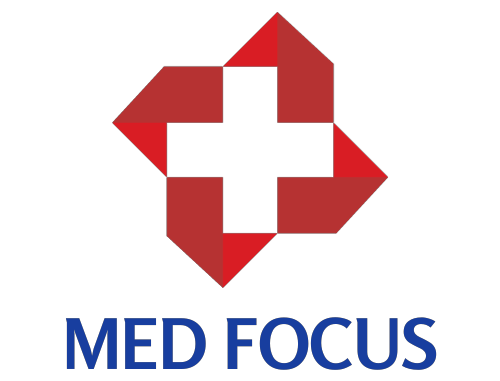There have been several innovations in US medical education in recent years. For example, schools are starting to incorporate more technology into their teaching methods, such as virtual reality simulations and online courses. Additionally, many medical schools are now emphasizing the need for interdisciplinary collaboration, which helps students understand the role of different healthcare professionals in patient care. Another trend is the use of team-based learning, where students work in groups to solve problems and develop critical thinking skills. Finally, medical schools are also focusing on providing more hands-on clinical experience earlier in the curriculum, so that students can better understand the practical aspects of patient care.

Some technological inputs are shown below for the students' reference.
Simulation Technology
The use of simulation technology in medical education provides students with an opportunity to practice real-life scenarios with a virtual patient. It provides a safe and controlled environment for students to practice clinical skills and decision-making without risk to real patients. Simulation technology can take many forms, including computerized manikins that mimic human physiology, virtual reality simulations, and standardized patients (actors trained to portray patients with specific medical conditions). Simulation technology can be used for a variety of purposes, such as teaching basic clinical skills, practicing advanced procedures, and developing teamwork and communication skills.
Community-Based Education
Community-based education (CBE) is an approach to healthcare education that emphasizes the importance of learning in community settings, such as community health clinics, non-profit organizations, and public health agencies. In clinical services, CBE involves providing students with clinical experiences in community settings, where they can engage with patients and healthcare professionals outside of traditional hospital or academic settings. This approach allows students to gain exposure to a broader range of medical conditions, learn about the challenges of providing healthcare in underserved communities, and develop their clinical skills in a real-world setting. CBE in clinical services can take many forms, including clinical rotations in community health clinics, participation in community health fairs, and service learning projects in underserved communities.

Inter professional Education
Inter professional education (IPE) is an approach to healthcare education that emphasizes collaboration and communication between healthcare professionals from different disciplines. The goal is to foster teamwork and improve patient outcomes by promoting a more integrated approach to patient care. In clinical services, IPE involves bringing together students and practitioners from different healthcare disciplines, such as medicine, nursing, pharmacy, and social work, to work together on patient cases. This approach allows each member of the team to contribute their unique expertise and skills towards a common goal – providing the best possible care to the patient. Overall, interprofessional education in clinical services is aimed at improving patient outcomes, enhancing communication and collaboration between healthcare professionals, and preparing students and practitioners for a team-based approach to patient care.

Designing Curriculum
Curriculum innovation is an important aspect of medical education in the US, aimed at improving the delivery of healthcare education and preparing students for the evolving healthcare environment. In recent years, there has been a shift towards more active, student-centered learning approaches that focus on developing critical thinking and problem-solving skills. Some of the curriculum innovations in medical education include problem-based learning, team-based learning, and competency-based education. Problem-based learning involves presenting students with a clinical case scenario and allowing them to work in small groups to explore the problem, identify potential solutions, and develop a plan of care.

The modernizing input is the need of the hour in the present medical education which elevates the output far beyond. All these approaches allow students to gain exposure to diverse patient populations and learn about the social determinants of health.
Kindly visit themedfocus.com for additional advice and recommendations about attending medical school. If you're seeking a trustworthy internet source, please check out the whole medical school package at the URL below.
https://themedfocus.com/products/the-complete-med-school-bundle

